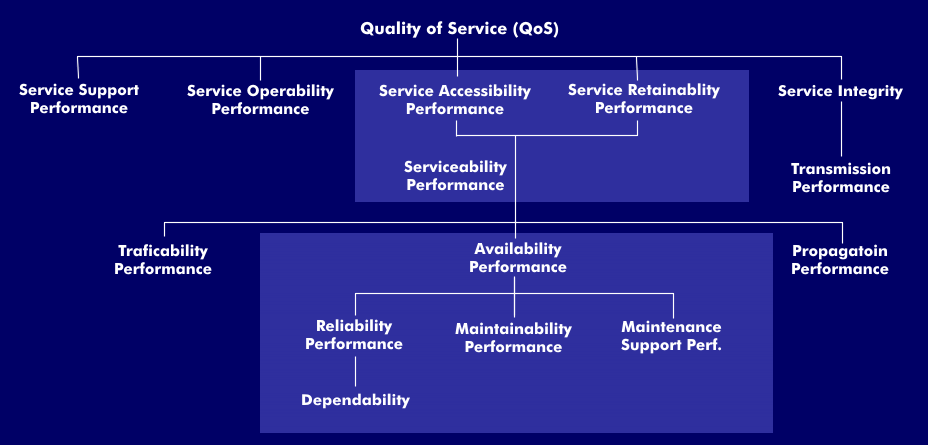quality of service (QoS)
Quality of service (QoS) refers to all procedures that influence the data flow in local area networks(LANs) and wide area networks(WANs) in such a way that the service arrives at the recipient with a specified quality. It is therefore the characterization of a service that is directly "visible" to the user and whose quality he can measure. In technical terms, it is a parameterization of protocols to determine the transmission behavior for specific services.
In connection with quality of service, reference should be made to the historical development of networks and services, which have evolved from the transmission of data that is not time-critical, as is the case with file transfer or the transmission of e-mails, to networks with time-critical data: Internet telephony, web conferencing, and live streaming largely determine the data structure.
In order to meet the requirements for the transmission of time-critical data, the factors affecting the transmission, such as latency, jitter, packet loss, bandwidth or availability, had to be kept within defined limits.
How different organizations interpret QoS
Because there is no universally accepted definition for quality of service, several interpretations emerged that are not always consistent with each other. For example, the International Telecommunication Union( ITU) has developed a definition, as have the Internet Engineering Task Force( IETF) and the ATM Forum. But there is also a statement on quality of service from the Open Systems Interconnection( OSI).
- The International Telecommunication Union (ITU) has developed a hierarchical QoS model that takes into account the technical aspects of a service as well as the availability and operation of the terminal equipment. In addition, the ITU-T has defined eight QoS classes for different applications in Recommendation Y.1541.
- The IETF has developed several approaches for real-time transmission onthe Internet. These include the IPv6protocol, in whose header the flow label field has been defined. There is also the prioritization ofdata traffic using DiffServ and the reservation of bandwidth using IntServ. With these methods, real-time data can also be transported over IPv4, whereby the connections are divided into classes and the resources are reserved for a specific class. In addition, Multi-Protocol Label Switching( MPLS) is used to prioritize traffic over the shortest path, Subnet Bandwidth Manager( SBM) is used for global QoS, and queuing is used for prioritized processing of real-time data.
- In ATM, quality of service specifies the service parameters of an ATM connection. These include cell loss rate and cell delay.
- In Open Systems Interconnection (OSI), the OSI reference model defines certain services that are offered by the network layer to the higher- level transport layer. In the OSI protocols of the transport layer, quality of service parameters are agreed upon with the connection setup.
In practice, the implementation of QoS is characterized by proprietary solutions, which means that there is currently no vendor-independent professional QoS. However, this is becoming increasingly important for handling delay-sensitive business processes within intranets.
The methods used for QoS include the Resource Reservation Protocol( RSVP) for bandwidth reservation, as well as other methods for prioritizing data traffic and for bandwidth limitation through speech coding and packet optimization.

